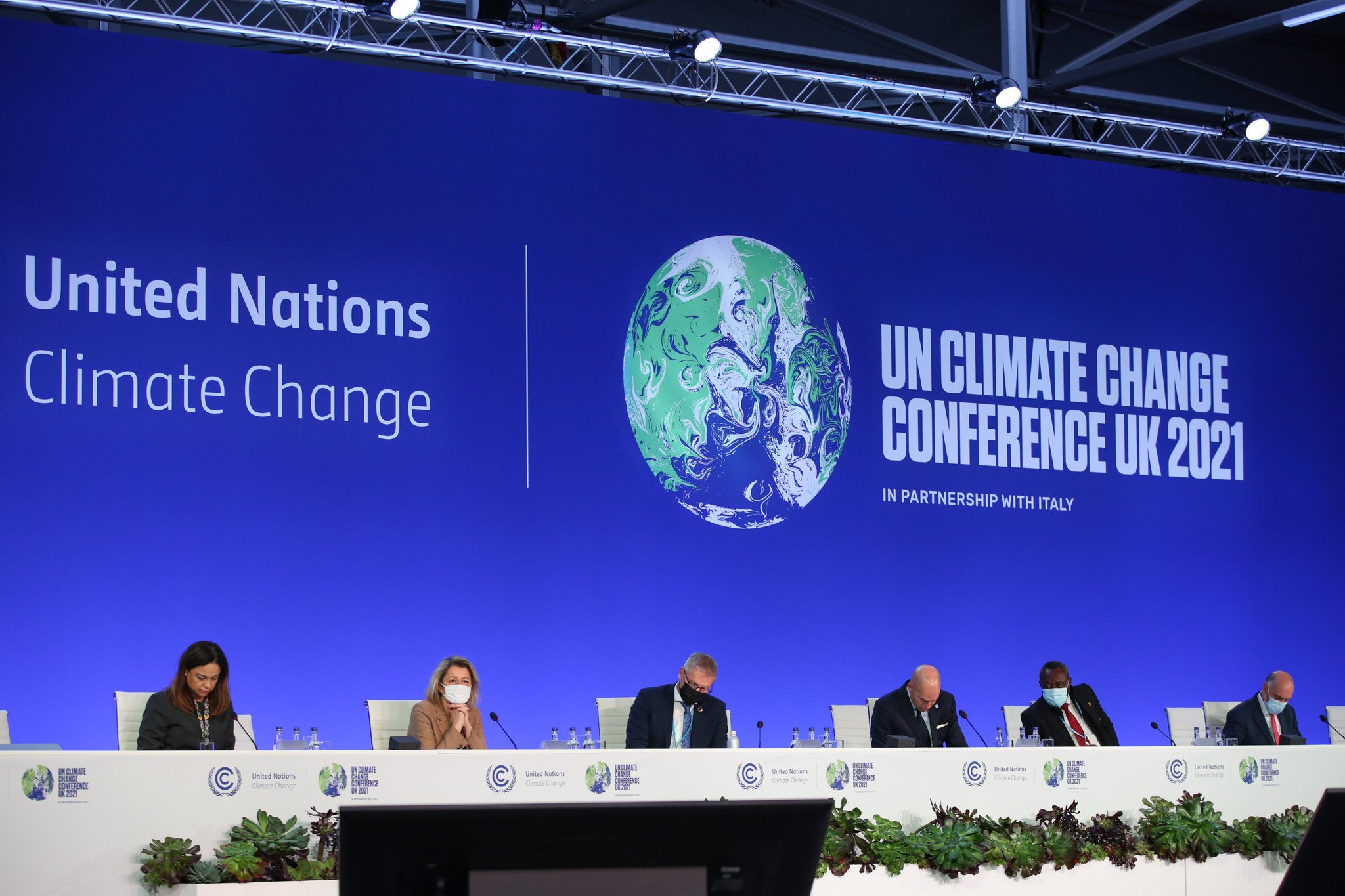The 'Biggest Win' from COP26 Climate Talks? The Promise of New Capital for Energy-Saving Proptech
Image courtesy of United Nations Framework Convention on Climate Change (UNFCCC)
We all know what didn’t happen in Glasgow: The establishment of binding, near-term emissions reduction targets for the world’s largest economies, enforceable under international law.
But while most of the news coverage and after-action analysis is focused on what didn’t happen, we shouldn’t ignore what did.
Specifically, Glasgow brought the critically important fields of energy efficiency and property technology out of the shadows and into the international spotlight.
Image courtesy of United Nations Framework Convention on Climate Change (UNFCCC)
Here at Crown Electrokinetics, which is building Smart Window Inserts to improve insulation, reduce HVAC costs and lower carbon emissions, we welcome this news, of course. But COP26 was also a big deal for the entire proptech sector, which includes innovators like JLL Technologies, Measurabl and Cortex and many more. Here’s why:
Almost 200 nations declared that energy efficiency technologies, as well as clean energy technologies, are essential to cutting emissions in the short term and achieving net-zero emissions by 2050.
The treatment of coal in the Glasgow Climate Pact has received a great deal of attention. But in the very same section dealing with coal, the 196 nations at the talks also called for “rapidly scaling up the deployment of clean power generation and energy efficiency measures” in order to achieve major carbon reductions this decade.
"This is the first time energy efficiency has been explicitly referenced in the COP process, and energy efficiency is the key action where buildings have a disproportionate role in mitigating climate change,” said Ran Boydell, Visiting Lecturer in Sustainable Development at Heriot-Watt University in Edinburgh.
Putting energy efficiency technologies on the same level as clean energy technologies is “without doubt, the biggest win” of COP26, Boydell told The Conversation.
UN climate officials highlighted major opportunities for carbon reductions in the buildings and construction sector, including the “deep retrofitting” of existing structures.
A major UN report released ahead of the Glasgow climate talks found that the buildings and construction sector accounts for 37% of energy-related carbon emissions worldwide.
From 2015 to 2020, global investment in the energy efficiency of buildings has climbed from $129 billion per year to $180 billion per year, the report found. But “broader investment” is needed “to adequately tackle efficiency improvements in the existing global building stock.”
“The next five years will be about widely adopting transformational approaches,” UN Environment Programme Inger Anderson said in the report. “With all stakeholders fully engaged we can create a built environment that is not only zero-carbon and resilient but provides inspiring places to live and work.”
In announcing the report, UN officials also observed that “too small a share of finance goes into deep energy retrofits” and urged private investors as well as public entities “to seize the tremendous investment opportunities this sector offers.”
An unprecedented coalition of investors and businesses, representing well over $100 trillion in private capital, pledged they will do even more to accelerate the energy transition.
Low-carbon and zero-carbon technologies have been getting better, cheaper and more widely used for many years, as more investment capital pours into the firms developing these technologies and as the consumer and business markets for these technologies keeps growing.
Going into COP26, a coalition of financial institutions representing 450 firms across 45 countries, announced more than $130 trillion of private capital is now ready to “accelerate the implementation of net zero commitments and help to rapidly scale capital flows to support the net zero transition.”
The Glasgow Financial Alliance for Net Zero, or GFANZ, represents banks, insurers, pension funds, asset managers, export credit agencies, stock exchanges, credit rating agencies and other major institutions in the financial sector.
“Only mainstream private finance can match the scale of climate action needed for the net-zero transition, including in emerging markets and developing countries,” GFANZ said in a separate report on the coalition’s progress so far. “We cannot get to net zero in a niche.”
Bottom line: The technologies and the private capital needed for the next phase of the energy transition are ready to go. The path to net-zero carbon emissions by 2050 may still be unclear, but investors, businesses and consumers are ready to take the next critical steps down that path.
Don't forget: Markets typically move faster than political institutions, especially international political institutions like the UN Framework Convention on Climate Change. Why should the market for energy-saving proptech, clean energy or other climate-friendly technologies be any different?


